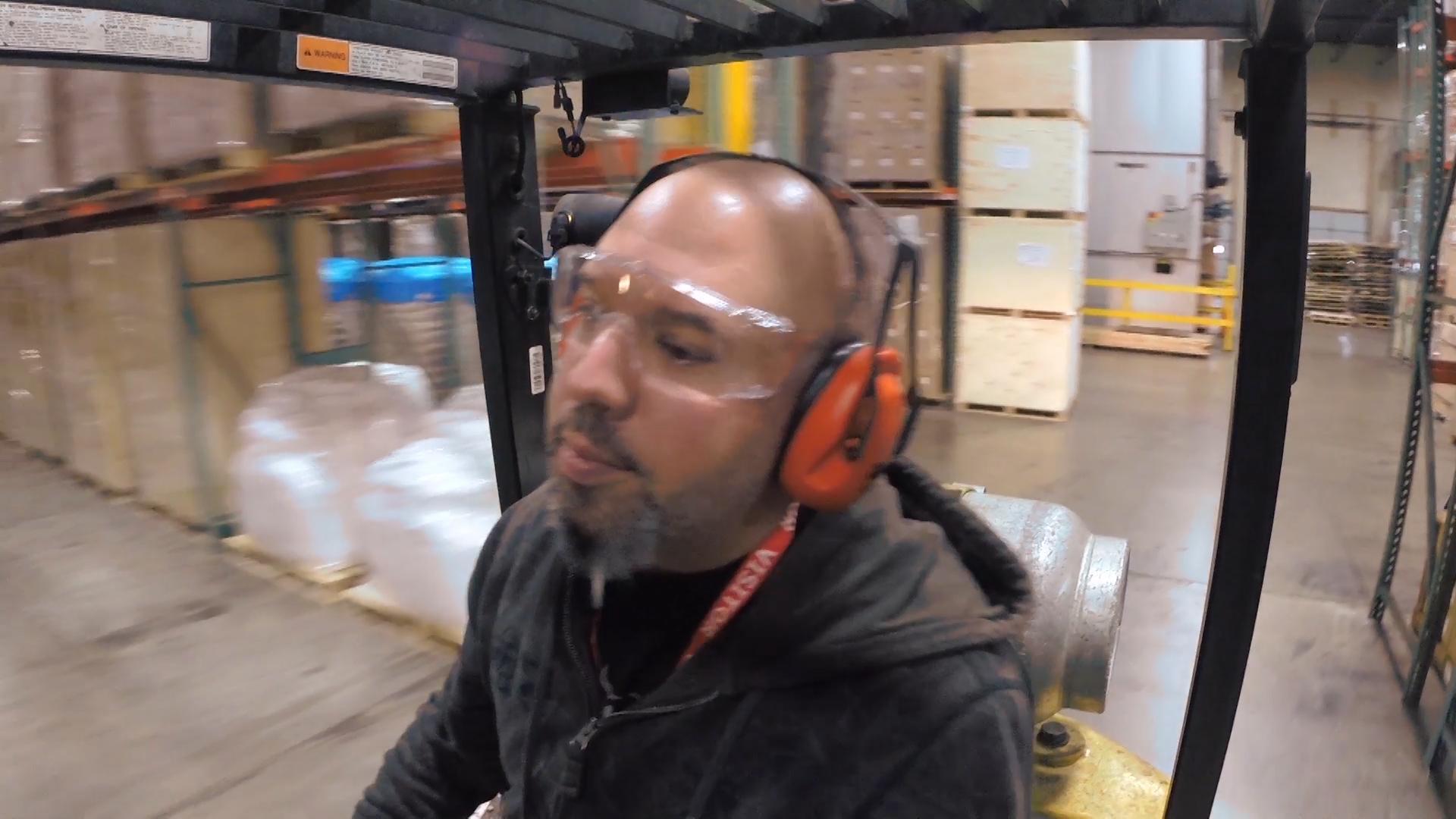Hearing conservation and safety is an essential aspect of any workplace, as exposure to excessive noise can cause permanent hearing damage. By implementing effective hearing conservation and safety measures, employers can help to protect their workers from the potential risks associated with noise exposure and ensure that their workplace is as safe as possible.
One of the critical elements of effective hearing conservation and safety is using appropriate personal protective equipment (PPE). This can include things like earplugs or earmuffs, which can help to reduce the amount of noise that workers are exposed to. Additionally, employers can implement engineering controls, such as sound-absorbing materials or barriers, to reduce the overall noise level in the workplace.
In addition to PPE and engineering controls, effective hearing conservation and safety also involves regular hearing screenings and testing. By conducting regular hearing tests, employers can identify workers at risk of hearing loss due to noise exposure and provide them with the support and resources they need to protect their hearing. This can include things like education and training on the risks associated with noise exposure and the use of appropriate hearing protection.
By implementing effective measures to reduce noise exposure and protect workers’ hearing, employers can help to create a safer and more secure work environment for their employees. By taking the time to prioritize hearing conservation and safety, employers can help to prevent hearing loss and other potential health problems associated with noise exposure.
Do you need Online Training for Hearing Conservation and Safety?
Try a free demonstration of our Hearing Conservation and Safety training, where you can see the full content of the training program and how the system works from the perspective of the trainee:










